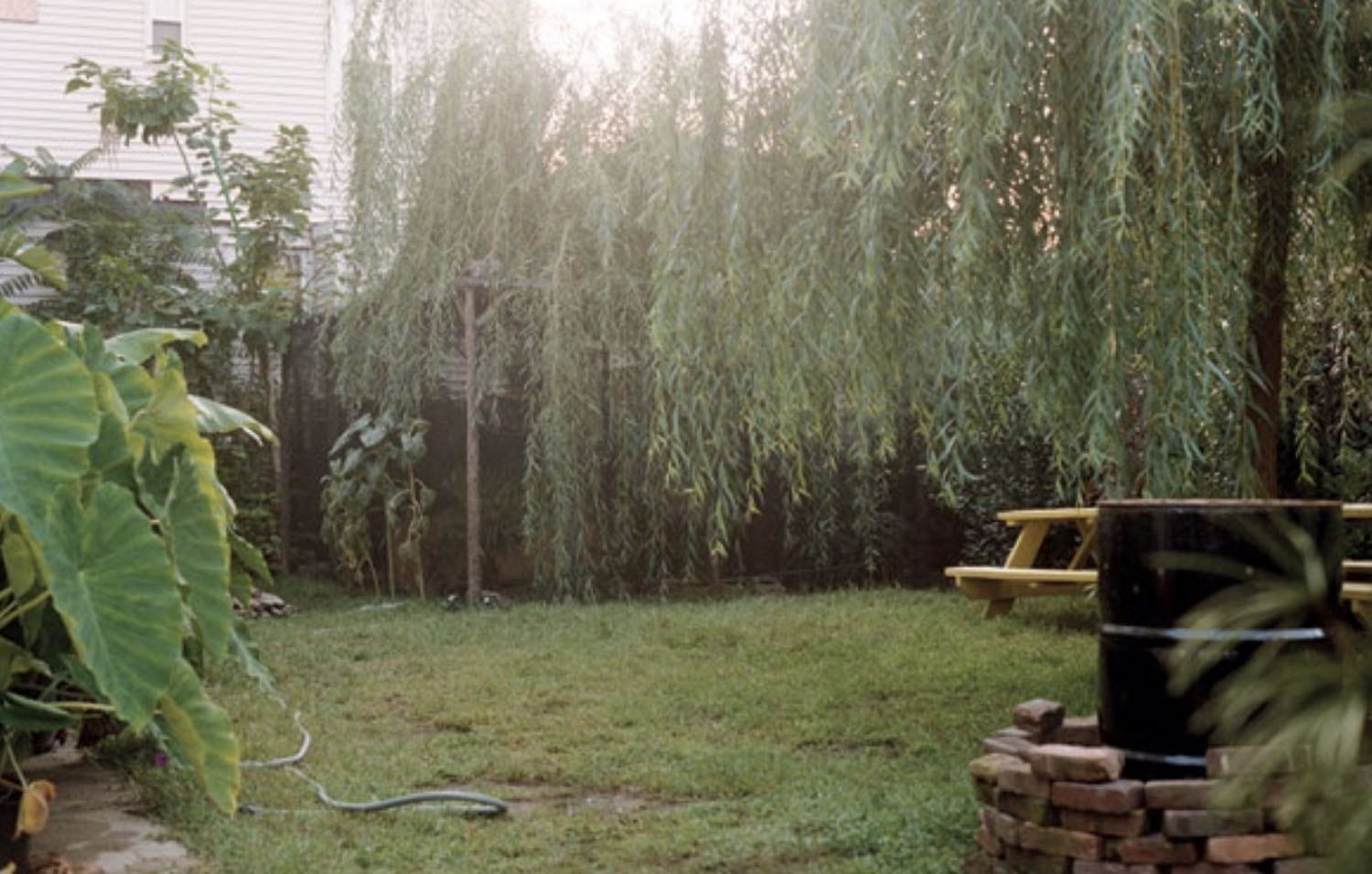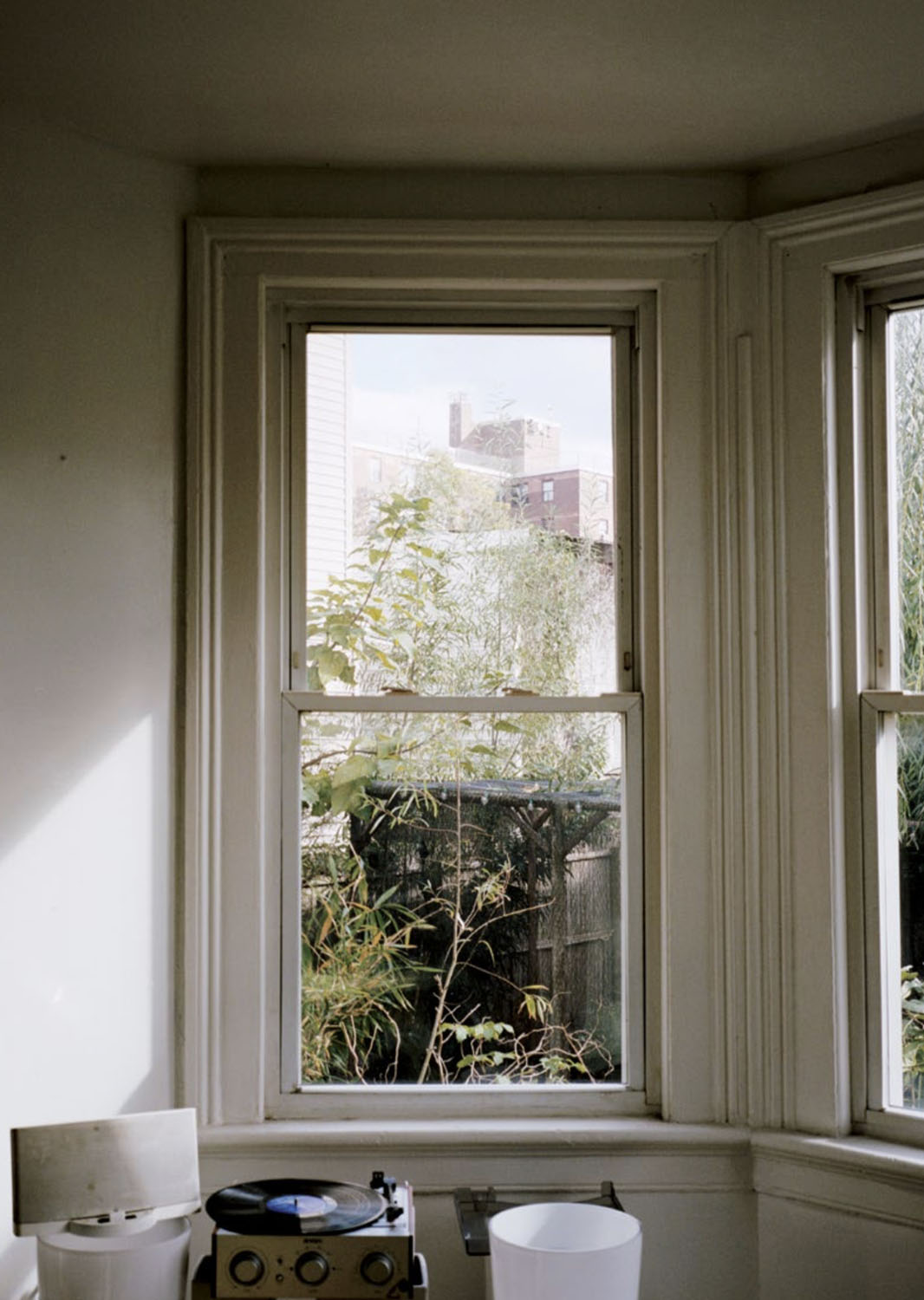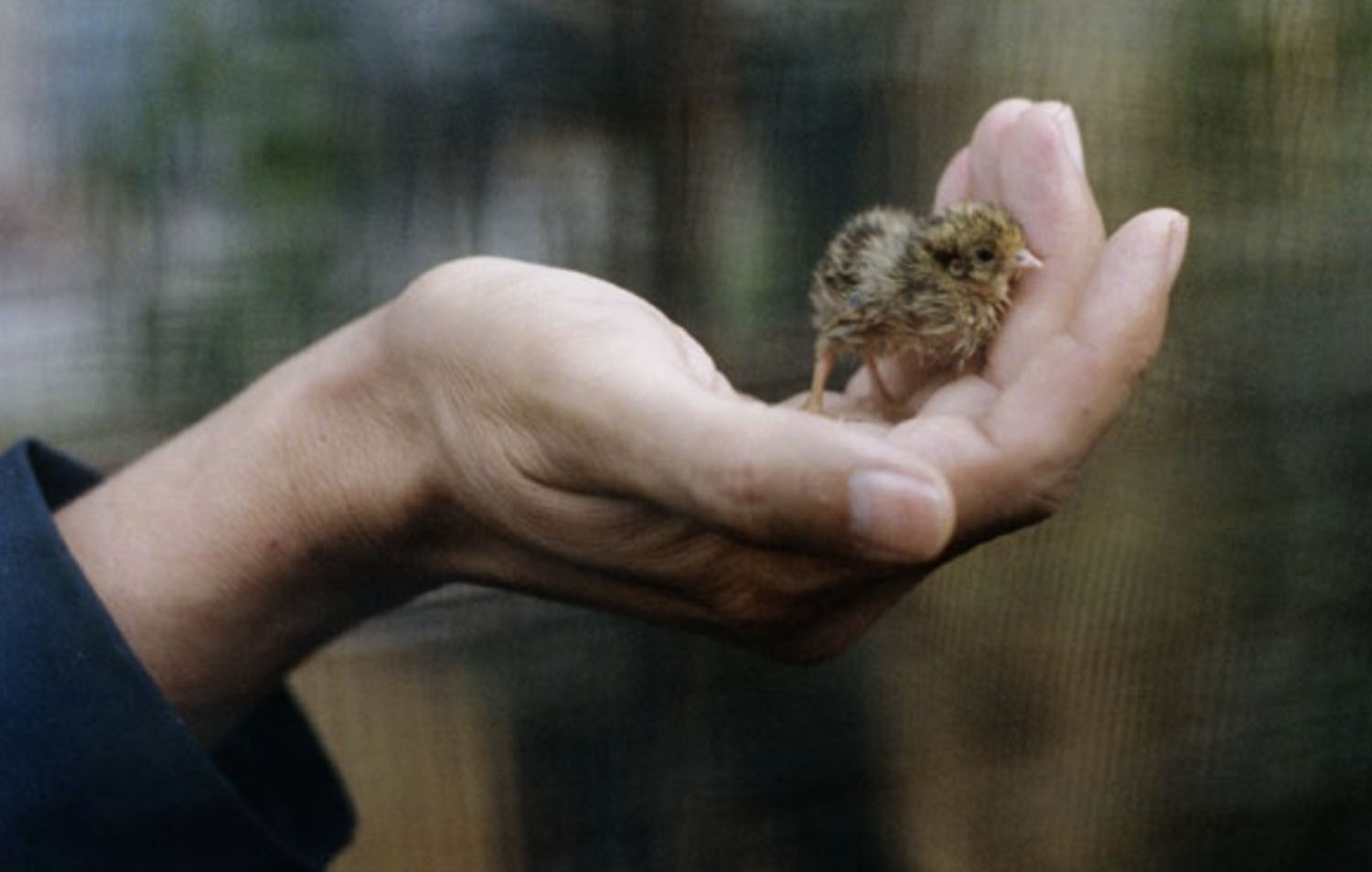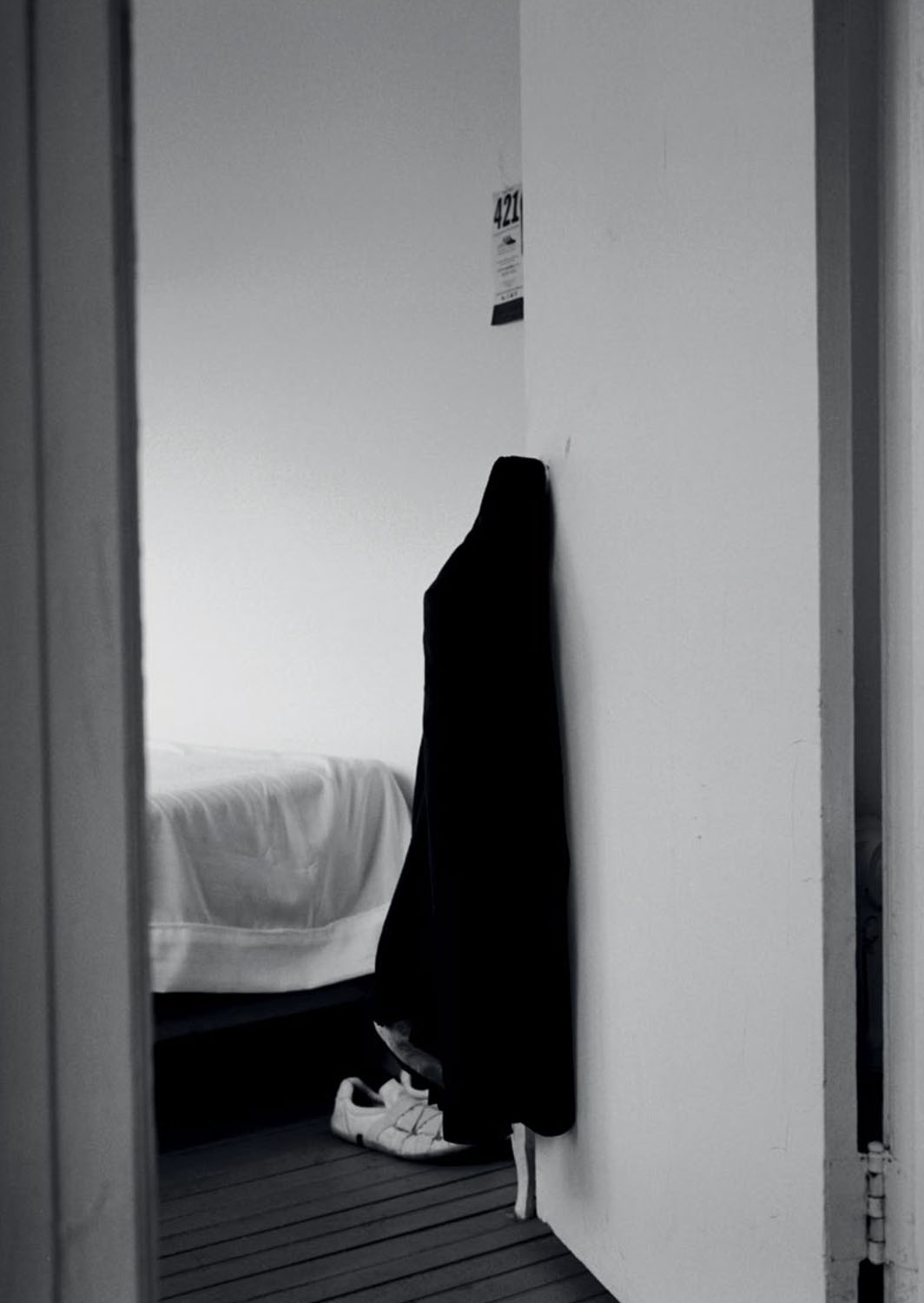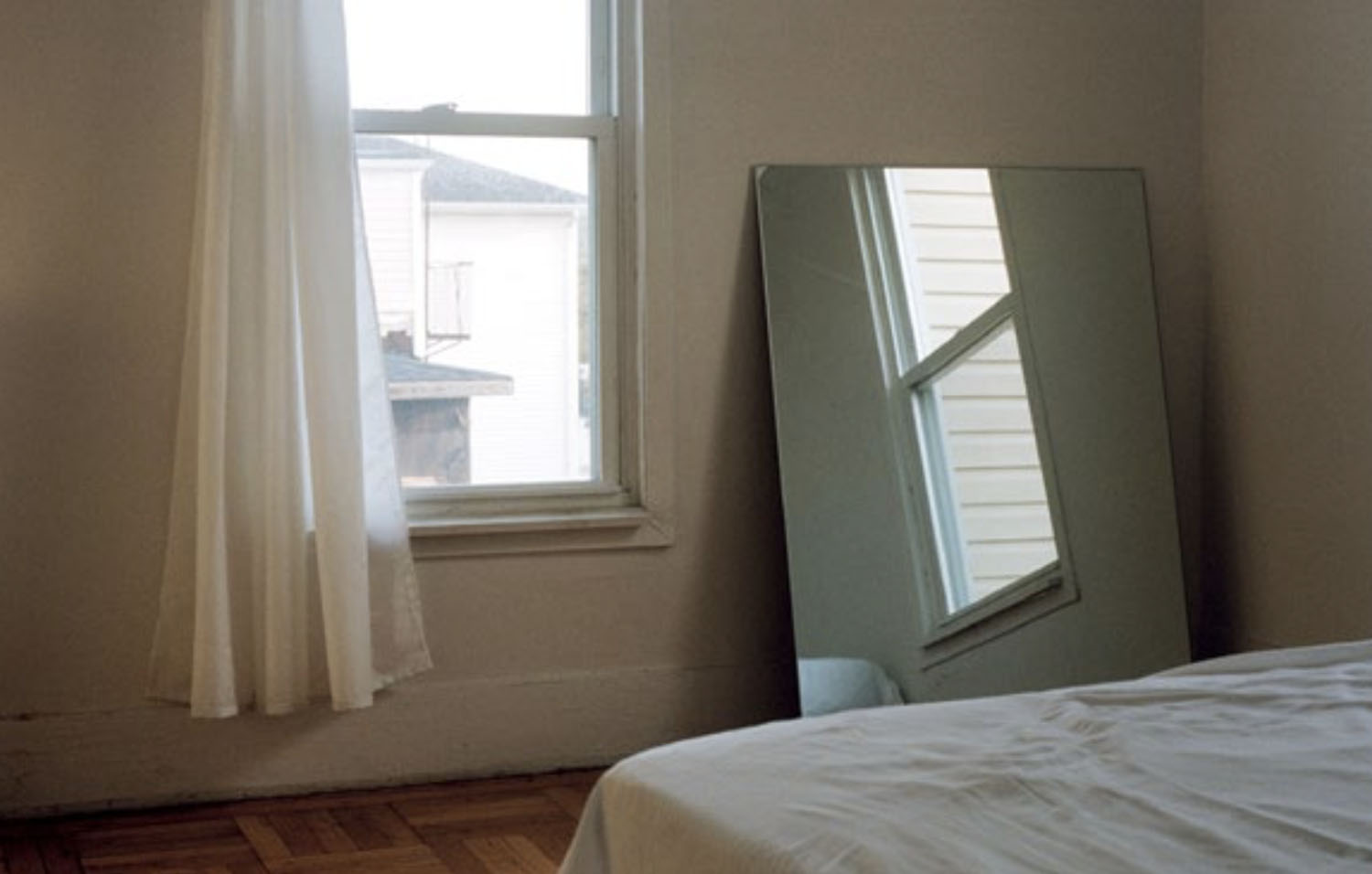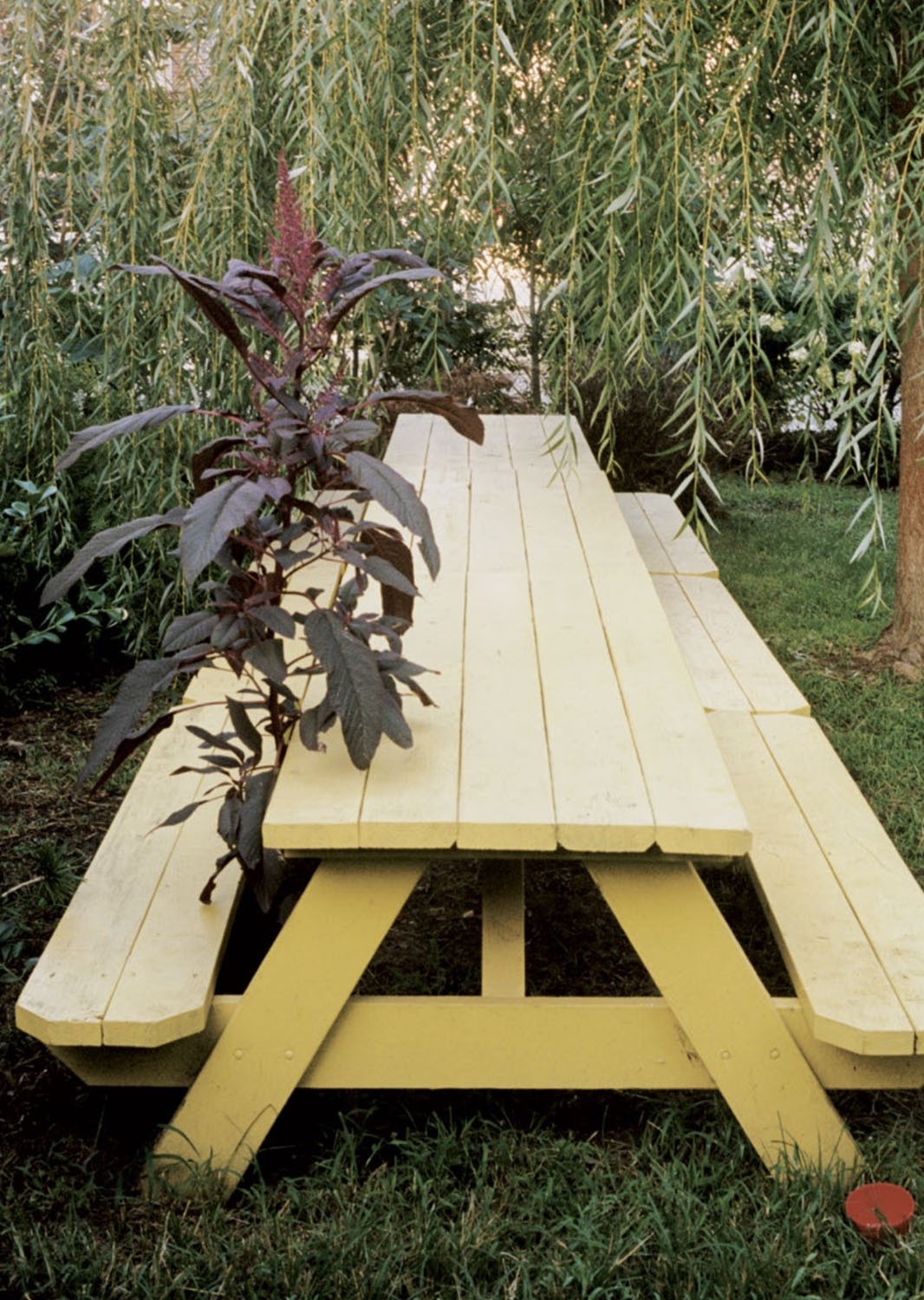KLAUS BIESENBACH
Interview by Michael Bullock
Photography by Benjamin Fredrickson
Apartamento 18, 2016
2016 marks the 20th anniversary of Klaus Biesenbach’s arrival in New York City. In that time the German-born curator has racked up a seemingly endless exhibition résumé, at both MoMA PS1 and MoMA, including solo shows of Douglas Gordon, Olafur Eliasson, Doug Aitken, Mickalene Thomas, Kenneth Anger, and Henry Darger, to name but a few. In 2006 he was named chief curator of MoMA’s newly formed Department of Media and Performance Art. From this post he curated his most high-profile success, the unlikely blockbuster, ‘The Artist is Present’ (2010), a retrospective of the work of Marina Abramovic, as well as his most controversial show, last year’s Björk retrospective. In his social life, his friendships with Abramovic and Björk—as well as other larger-than- life women, including Courtney Love, Lady Gaga, and Patti Smith—often get as much media attention as his exhibitions. One might imagine Biesenbach summering in the Hamptons with other art world power brokers, but he isn’t one for bourgeois comforts. Instead he approached his summer getaway as a project space, choosing a rundown residence in Rockaway Beach, an economically depressed urban beach town 20 miles from Manhattan that made headlines after being devastated by Hurricane Sandy (which hit just six months after Biesenbach moved in). The desperate situation (electricity, transportation, and water were not restored until months after the storm) immediately snapped Biesenbach into action, drawing on his organisational skills and activating his network of artists and celebrities towards an unexpected venture: an impressive, effective, and necessary year-long volunteer relief effort. As Biesenbach gives me a tour of his summer home he explains what was accomplished in Sandy’s aftermath and why Joseph Beuys is incredibly important to him. I’m surprised to learn that, after art, the curator’s next top priorities are plants and birds.
Well, I admire that you experiment with your property. Your place feels more like an artist squat than what I would imagine a MoMA curator’s summer home to look like.
It’s more of a spontaneous experiment on how to use architecture, how to use a garden, and how to use privately owned space as quasi-public space. At first, everybody on the street was like, ‘What’s that funny guy doing there, with all those plants?’ When I moved in I planted all these trees around the border: two weeping willows and 15 different species of magnolia. Their first idea was, ‘It’s a nursery’.
I didn’t know you kept birds.
You have to have a look at them. They are really special. Those ones are from the African Atlas Mountains; they can survive freezing temperatures. The top of the aviary is for the parrots, the middle for the finches, and the downstairs for the Impeyan pheasants. That’s the national bird of Nepal, so from the Himalayas. The two big ones are actually babies.
Do they have names?
When I first started having birds, I named them—but then I gave up on the names. Giving a name is to claim power over a being, so they have no names anymore. Now my neighbours say, ‘Oh, can I bring my school class to see the birds?’ And it’s funny because with the picnic tables, I would never have the idea of buying one picnic table—I actually bought five, no, actually six; one is upstairs. Then my neighbour said, ‘Are you opening a restaurant?’ It always looks like a public place, but it’s definitely not. Over here is our fire bowl; that’s where all the parties are. It becomes like a community centre, in a way.
Do you cook?
I don’t know how to do it. This is a communal kitchen. All the pots and plates that are here were left by guests. Also, all those bikes and surfboards are not mine; somebody just dropped them off. I have given keys to so many people, sometimes I don’t even know who’s in my house. It works because nobody owns anything, which is nice because then there is nothing you can steal. Sometimes I come to my parties and they are not my parties, and I come early and I leave early, and then I come back. Can I quickly show you upstairs?
You have two kitchens?
This room will be enclosed to make another aviary. It’s really a house for birds and plants. And then, let me quickly check the front; I think it’s actually very messy, hold on.
You live close to the ocean, but I can’t picture you on the beach. Do you swim?
I actually became slightly allergic to the sun. I often wear a suit at the beach. I have a rule: whenever I am in the Rockaways I should see the ocean. One of the nicest things is to just look at the waves, but I very, very rarely go in.
When did you first come here?
Around 1997 I started commuting between Kunst-Werke Berlin and MoMA PS1. Before you land at JFK you fly really low over these high-rises on the beach, and I was fascinated by them because of the idea of urban density. These high-rises are built right up to the ocean. It’s like a northern, brute version of Rio de Janeiro.
On both the easst and west coasts of America it’s one of the few beach towns that’s primarily populated with low-income housing. It’s very unusual.
It’s not luxurious. It’s utilitarian.
The town dates back to the ‘50s and Robert Moses’ ‘urban renewal’ projects. His strategy was to move the poor as far from Manhattan as possible.
They couldn’t have gone any further—another 500 yards and you would have been in the water.
What year did you buy the place?
I bought the house in May 2012.
Did you have any other friends that already lived here?
Yes, definitely, but in the very beginning there was David Selig, Cecilia Dean’s significant other. He was an amazingly convincing factor. He founded Rockaway Taco and Edgemere Farm, plus he used to be a surfer. He is perhaps a little bit like me: when you get too close to the ocean, you stop going in.
Were you looking at other beach towns when you bought this place?
I didn’t want to own something on the beach. I was actually looking for a garden. In Germany we have this concept called schrebergarten. It’s named after Moritz Schreber, who invented it. It’s an inner-city urban area, where people can have a garden. I felt really intrigued by this. I won the house in an auction; it was boarded up, so I had not seen inside before I bought it. But I liked that there is an empty lot next to it. So I bought the lot for its garden, then I had to buy the house, and I thought, ‘I don’t really care about the house, I might have to tear it down. But then I would have a double garden’. David convinced me to keep it; it wasn’t as broken as I feared. That’s the reason I don’t think about the house really as a house. Before the hurricane, the house looked sad and unappreciated, but after the hurricane it all of a sudden looked proud and strong because it didn’t get destroyed like so much around it. Have you ever been to my place on the Lower East Side?
Yes. You had a wild garden on the terrace.
Between the ages of 14 and 20, I lived in this funny experimental greenhouse that I built with a bunch of friends. There were lots of plants and wild geese. When I turned 20 and left school, I didn’t allow myself that lifestyle anymore. It’s pretty eccentric to live in a house of plants and birds, but I always missed it. So when I had my apartment, I realised that, wow, I could actually have plants again. It was the first step, and then when I went to Rockaway, I was like, ‘Oh, I can have birds again’.
So the house is a return to your youth?
I don’t like objects. I don’t long for design, and I don’t aim to own things. You cannot own wild animals and plants. You have to take care of them. They are your guests. There is something nice about that, that’s all.
Do you consider yourself anticonsumeristic? Is that how you perceive me?
Well, seeing your house, it looks like a person that has different priorities than most people. Comfort, luxury, a display of wealth might be associated with a man of your stature, but they don’t seem to be of interest to you. As a curator you’re always around the world’s most beautiful objects, so maybe you don’t need that at home. Like a chef that eats a simple pasta dish after cooking complicated meals for his guests all night.
What I like about the Rockaway house and garden is that I have to take care of it. The house owns me. I don’t own the house. It’s a turnaround. You said anticonsumeristic: maybe you are right, maybe not. I appreciate only art objects as valuable objects, but I shouldn’t own them because they should be owned by everybody. Every object other than art should be utilitarian. The house is funny in that it’s not really an object, it’s more like a function. The garden has a social dimension. When I founded Kunst-Werke, it was about creating a whole scene around it as a point where people could meet and where things were discussed. At the beginning I thought this house would be my hideout. Well, it didn’t work out that way, but it also doesn’t matter.
When you were a child, what compelled you to build a greenhouse?
If I hadn’t become a curator, I would have become a botanist or zoologist. As a kid I was obsessed with Konrad Lorenz. He won a Nobel Prize in the ‘70s for his work in ethology and helped develop the field of comparative behaviouralism. He did this experiment in which wild grey geese imprinted on him so they thought they were humans.
What’s imprinting?
When geese hatch, the goslings identify with whoever is moving in front of them within the first 48 hours. If you were in front of the incubator they would think they were little Michaels for their whole life, and they would trust you unconditionally.
Like those rare cases where monkeys have raised humans?
It’s much stronger. The phase where you are imprintable is very sensitive. After the first 48 hours have passed, you could yell at the geese for the rest of their lives and they would never lose their trust in you. I found it fascinating, so I got an incubator and I incubated wild geese. The decade the green movement became very important in Germany was a very specific climate to grow up in. I was a compulsive scientist, not only a botanist or zoologist. But I was also really, really interested in art, so it was all mixed together.
What was the first piece of art that resonated deeply for you?
It was Joseph Beuys being escorted out of the Düsseldorf Academy of Art, where he was a professor and dean. Art schools in Germany used to be very elitist. They only accepted 10 or 15 masterclass students per year, and he said that everybody could come to his class. He got more and more and more students; it was anarchy. My school teacher in the ‘80s went to his classes, so I was only one step removed and very influenced by his ideas. Beuys said everybody has the potential to create a better future. Therefore, everybody has the potential to be an artist. He said even if his students ended up becoming taxi drivers, they would be better taxi drivers because they would have a completely different understanding of the world. Beuys’ political responsibility was very important to me.
So from the start there was always a connection between art, politics, community, and activism.
Yes, but Beuys was also an incredible sculptor. He was very much about meaning and relevance, but it also had to have an incredibly accomplished, innovative form. It’s very important to have a sculptural ambition connected with the idea that everything you do is political. Even if you buy an apple or take a plastic bag or an egg or whatever, you are voting: every act of you as a consumer is political, and you have to think it through as such.
Now I have a better context to understand your own activism as a central organiser in the Hurricane Sandy relief effort.
That was more like a reflex. Two days after I drove here from the Long Island side, there was literally a foot of water on my street, and my neighbours’ kids—all of their stuff was floating outside. It looked like these really terrible pictures of Hurricane Katrina. It wasn’t a question; it was not like, ‘Should MoMA be involved?’
Had there been any other circumstance in your life where you snapped into action like that?
It had happened as a curator, when I’d worked on very large projects—like when we did the Berlin Biennale or Dan Graham’s pavilion. There is a point where you become so responsible, but it had never been that much in the realm of social practice. Monday was the hurricane, and we had our first volunteer rescue bus already on Saturday. Only five days later we had a bus with equipment. We had so many volunteers, because it was needed immediately.
I thought the government would have been able to handle it?
You just can’t imagine the scale of it. It took six weeks for my street to even have electricity again, and it got cold. We got these really big generator-heated tents and we got a lot of coats and blankets. The first Saturday we went out, there were elderly people in high-rises right on the oceanfront, and they were on the 20th floor and they couldn’t walk down. They didn’t have heat or food or even water.
What was your first step?
I texted or emailed everybody I knew that I felt would make an impact. I asked them to sign an open letter basically supporting Michael Bloomberg to do something. The letter was immediately everywhere, and then many of those people actually donated equipment or came out and volunteered. Many very unexpected people came to do the work.
It was my first time ever being part of a relief effort, and my crew for the day was amazing. It included Michael Stipe, Felix Burrichter, Lauren Devine, Leon Ransmeier, and two Italian male models. All of us in a flooded basement for six hours clearing out debris. It was so funny when the owners of the house asked Michael Stipe if he was a singer. They were astonished that he was in their house, personally doing hard labour.
It was really not vain. It was humble and very matter of fact. I started getting a lobby together to get this going, to get the volunteers together, to get the buses, and to get the goods, but also to find people who could give us generator-heated tents. We put one very big tent with generators on 96th Street across from Rockaway Taco—we made that a station—and we also put one in the Surf Club on 87th Street. We were kind of faster than the tent put up by the Federal Emergency Management Agency. The Surf Club emptied everything out, and we put all our goods in there. The 96th Street tent had a social area, because as you remember everything was dark at night, no restaurants were open, the library was gone, the schools were not functioning. That’s where we did things like host Thanksgiving. So we had those two stations, and we had busloads of volunteers that came throughout the remainder of the year, and lots of donations because we needed diapers, coats, flashlights, and so on.
What about that Buckminster Fuller dome that faced the sea?
I had to fundraise for that, to get solar panels and generators and toilets and the floor. The artist community in the Rockaways, the Rockaway Artists Alliance, the community board, and the senior citizens took over that dome. We hired a coordinator, whom we paid, and we had guards; we needed the guards in order to get permission to erect the dome. But then it was fully used at night for movies and bands, and also during the day. Schools used it for their classes and kids’ programs, there were senior citizen activities, and they did yoga. It was a very successful social, public space.
Did community organising come naturally to you? What can you do as a curator?
A curator can create a certain public awareness of something, and I felt that the local people in the Rockaways were grateful that so many artists were supporting them, so they were not forgotten. We lobbied to get the subway running and to get electricity back so that residents could move back into their homes. So many people were worried they would be displaced forever. Of course, people were also grateful for the concrete help, like cleaning up base- ments and stuff. Then I think the third step was that the dome was really there for public use—it wasn’t an art-only fake, it really could be used for any group that needed it. Out of the dome came that first festival and exhibi- tion, ‘Rockaway!’, that we did with Patti Smith and the Rockaway Artists Alliance.
Now that things are back to normal and even starting to develop, do you have a vision for where you would like to see it all go from here?
The area’s pretty gentrification-resistant because of the infrastructure Robert Moses built; what I would like is for it to become more protected. You can’t change the fact that it’s vulnerable geographically and demographically. They are doing a relatively good job in building the new protective boardwalk, so I hope that sets the right direction. For me, it was very astonishing that half a year after the hurricane people really took global warming seriously and people really took the rising sea levels seriously, and that’s a little bit lost now. When faced with reality you hold it in your bones, but then it starts to fade—the awareness is a little bit gone again.
The value of art is often considered abstract, but in this situation you mobilised artists, using all their talents and abilities to accomplish urgent,vitalgoals.
As a curator, you can convince people of a cause or you can activate them. As a curator, you have all the tools to make a difference and this case was really rewarding because sometimes the work can be so removed from practical things. You could think having plants is eccentric or aloof or missing the point or whatever, but I feel that planting trees in the ground in the Rockaways, metaphorically and literally, is something that has a certain reality. I am very grateful that I had a chance to make a difference for a community that gave a lot to me.


